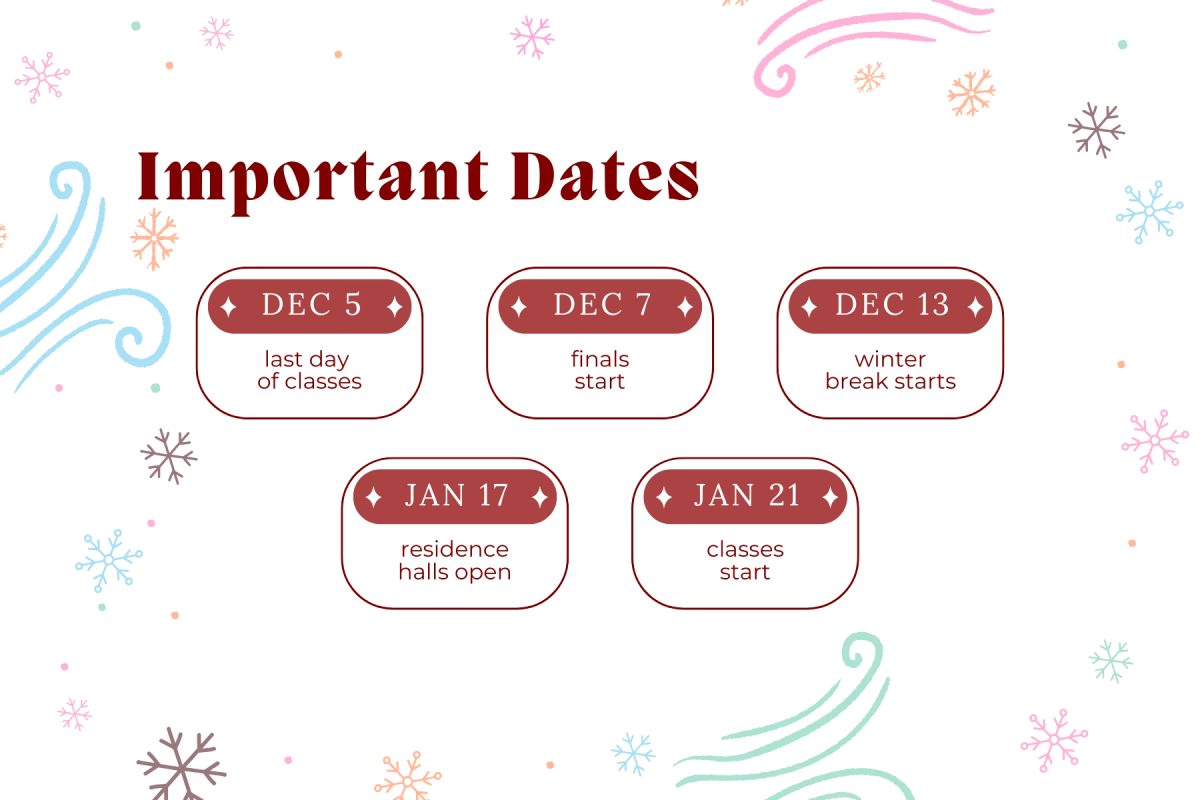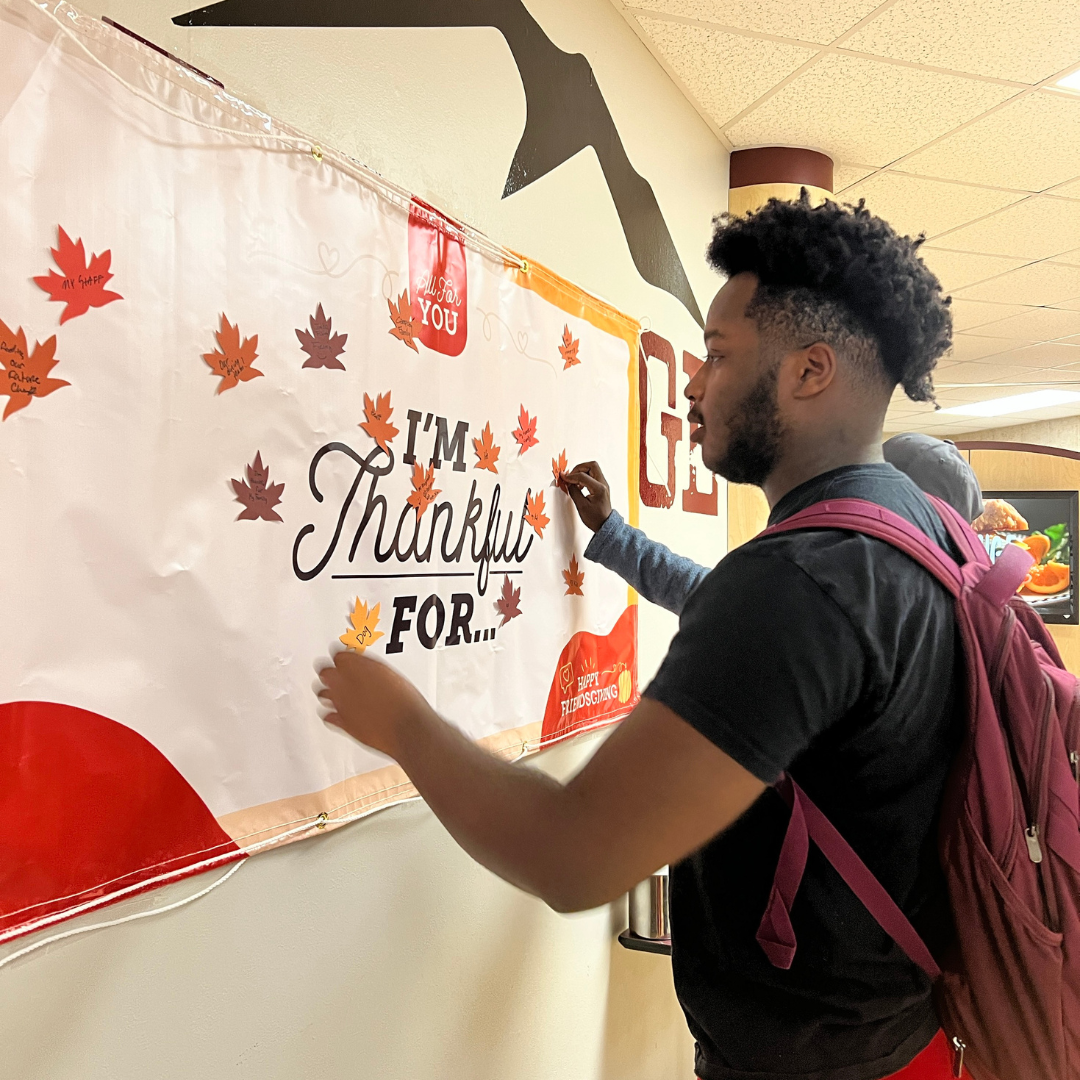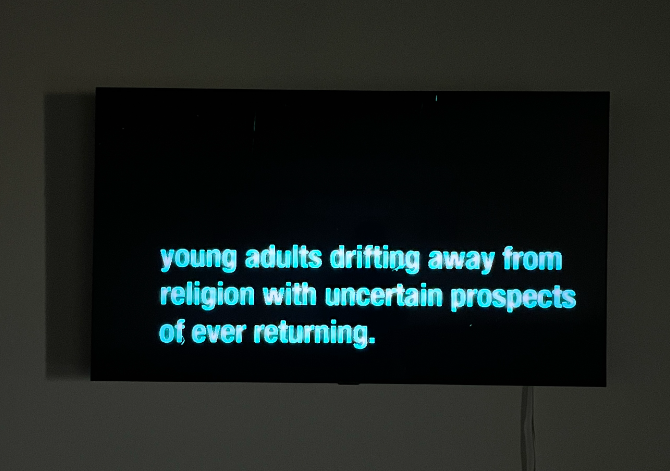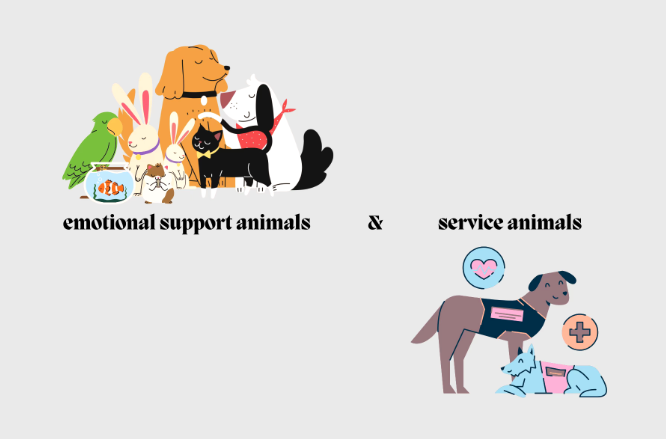
For years, U.S. consumers have been told that ‘print is dead,’ and yet traditional textbooks are still sold. This may not be the case much longer.
With the advent of e-readers such as the Kindle or Nook and the more robust tablet PCs like the Samsung Galaxy Tab and the Apple iPad, many leaders see great potential in such devices. School administrators are starting to see that in time, e-readers could replace textbooks. Already, several schools in Minnesota, Nebraska, Colorado, Iowa, and even Texas have adopted or will be adopting iPads into their curriculum, whether to use as textbooks or study tools.
“It sounds quite frightening to say ‘we’re getting rid of textbooks,’” Dr. Jeffry Babb, WTAMU professor of Computer Information Systems, said. “We’re not replacing textbooks, just delivering through a new medium.”Beyond using tablets as potential money-savers, Dr. Nicholas Gerlich, head of the Management, Marketing and General Management Business Department, said tablets have much greater capabilities than just functioning as lighter textbooks. Class content can be made available and more accessible on and off-line. New information can be easily added to the class, and authors of the books can update every semester.
“It just gives you a lot of different possibilities,” Gerlich said. “I can add videos, links, and if you have wireless [internet] or 3G, then you can learn from anywhere, which makes tablets very versatile.”
These devices still have some drawbacks. The largest amount of memory a tablet can currently hold is 64 gigabytes. However, this has not stopped the devices from gaining steady ground in education.
While Dr. De’Arno De’Armond, assistant professor of Finance, acknowledges that he has had great success with using iPads in his financial planning class, he said people cannot forget that tablets are only a part of today’s larger technology world.
“The world of technology changes so fast,” Dr. De’Armond said. “You can’t go into it with a closed mindset.”
The best thing for WT and other schools across the country to do, De’Armond said, is to keep looking for new technologies and figure out how to add them into the classroom. He said it is also important to keep students informed and engaged while maintaining classes relevant in the digital age.
“You just need to keep that student-centric ideal. ‘What do I want to see in this classroom?’, ‘What do I have to gain?’” De’Armond said.
WT will host a webinar on Oct. 4 to discuss how iPads and tablets can be used in the classroom with great success.








